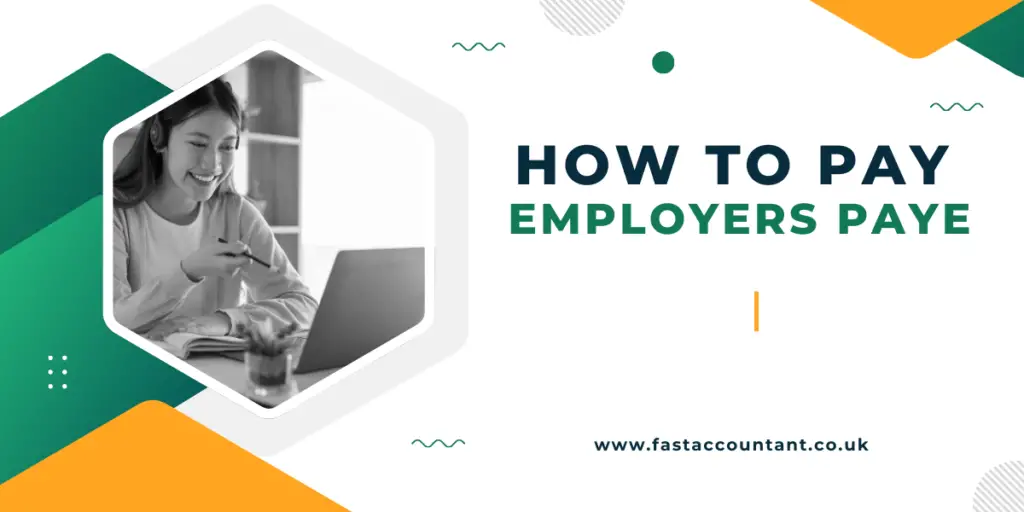
Have you ever found yourself puzzled over how to manage the PAYE (Pay As You Earn) payments for your employees? Whether you’re new to handling payroll or looking for ways to streamline the process, making sure you pay Employers PAYE efficiently is crucial for your business and to stay compliant with HMRC regulations.
Overview
Navigating the world of PAYE can seem daunting, but understanding its various components isn’t as hard as you might think. Your PAYE bill could include elements like employee Income Tax deductions, several classes of National Insurance, and other specific deductions. Getting familiar with each part can help you pay employers PAYE more efficiently.
What You’re Paying
Here’s a breakdown of what your PAYE bill might cover:
- Employee Income Tax Deductions: This is the tax collected from your employees’ wages which you then pay to HMRC.
- Class 1 and Class 1B National Insurance: These contributions are calculated based on your employees’ pay.
- Class 1A National Insurance: This applies to work benefits that you provide to your employees.
- Student Loan Repayments: Deductions for student loans need to be included if applicable to your employees.
- Construction Industry Scheme (CIS) Deductions: If you’re in the construction industry, you may need to deduct CIS payments.
- Apprenticeship Levy Payments: If you or employers you’re connected to have an annual pay bill of more than £3 million, you’ll need to make these payments.
You also need to pay Class 1A National Insurance on work benefits and PAYE Settlement Agreements separately.
Ways to Pay PAYE
Ensuring your PAYE is paid on time is essential to avoid interest and penalties. Different methods have different processing times, and being aware of these can help you plan better.
Paying Online
Paying online is one of the quickest and most straightforward methods. You can use various online services, including your online bank account, telephone banking, or even by debit or corporate credit card.
Approving a Payment Through Your Online Bank Account
You can approve a payment through your bank’s online services. This method usually ensures the payment reaches HMRC either the same day or the next day, which makes it an efficient choice.
Online or Telephone Bank Transfer
By using Faster Payments or CHAPS, you can also ensure that your payment is delivered the same or next day. This can be a particularly good option if you’re going to pay your employers PAYE at the last minute.
Using a Debit or Corporate Credit Card to Pay Employers PAYE
Payments through a debit or corporate credit card can be made online and are typically processed the same or the next working day.
Direct Debit
Setting up a Direct Debit can save time and hassle. There are two types: a single payment Direct Debit and an automatic Direct Debit.
Single Payment Direct Debit
If you’ve set this up with HMRC before, payments typically take three working days to process.
Automatic Direct Debit
For those setting up an automatic Direct Debit for the first time, please allow four working days.
Traditional Methods
Some businesses may prefer traditional methods like paying by cheque or using a payment booklet.
Paying by Cheque
If mailing a cheque, it needs to reach HMRC by the 19th of the month to avoid late penalties and interest.
Payment Booklets
The use of payment booklets is being phased out, so while you can still use them for the previous tax year, you’ll need to switch to other methods moving forward.
Reference Numbers for Payments
When making PAYE payments, it’s important to use your 13-character accounts office reference number. This ensures your payment is properly allocated to your account.
Adding Extra Numbers
If you’re making an early or late payment, you’ll need to attach four additional numbers to your reference number. This helps HMRC correctly identify and process your payment.
Checking Your Payment
After making your payment, it’s wise to check if HMRC has received it. This can save you from potential interest and penalties due to misallocated or missed payments.
Deadlines and Penalties
Meeting the deadlines for PAYE is critical. Payments must be received by:
- 22nd of the next tax month if you pay monthly.
- 22nd after the end of a quarter if you pay quarterly.
For example, if you’re paying for the quarter from April 6 to July 5, you need to make the payment by July 22. If you choose to pay by cheque, the deadline shifts to the 19th of the month.
Late payments can attract both interest and penalties, making it vital to meet deadlines.
Tell HMRC No Payment is Due
Sometimes, there might be months when no PAYE payment is due. It’s crucial to inform HMRC in such cases to avoid them expecting payments and possibly adding penalties.
Conclusion
Managing PAYE payments might seem complex at first but breaking it down into understandable steps can make the process much smoother. Utilizing various online methods for quick transactions, understanding your payment components, and ensuring timely payments not only ensures compliance with HMRC but also keeps your financial operations running without a hitch.
Taking these steps will make you a PAYE pro in no time, allowing you to focus more on other important aspects of running your business. If you have any questions or uncertainties, consulting an accountant or utilizing HMRC’s resources can offer further guidance tailored to your specific needs.
